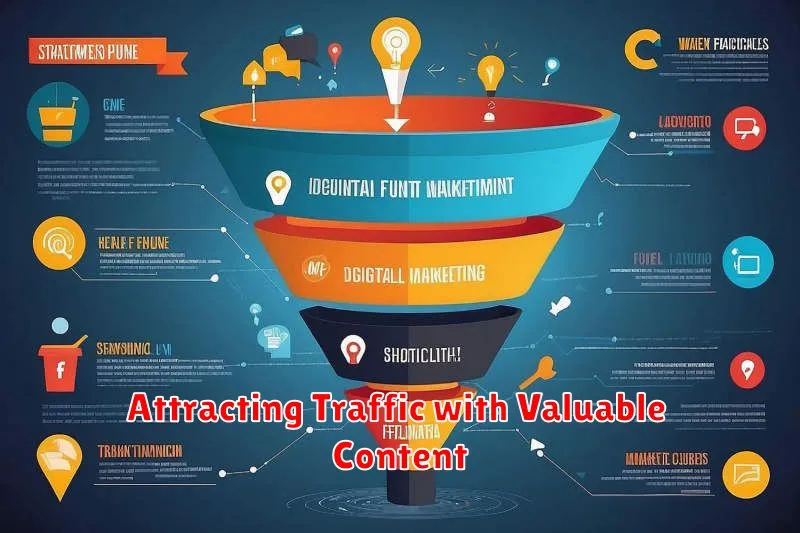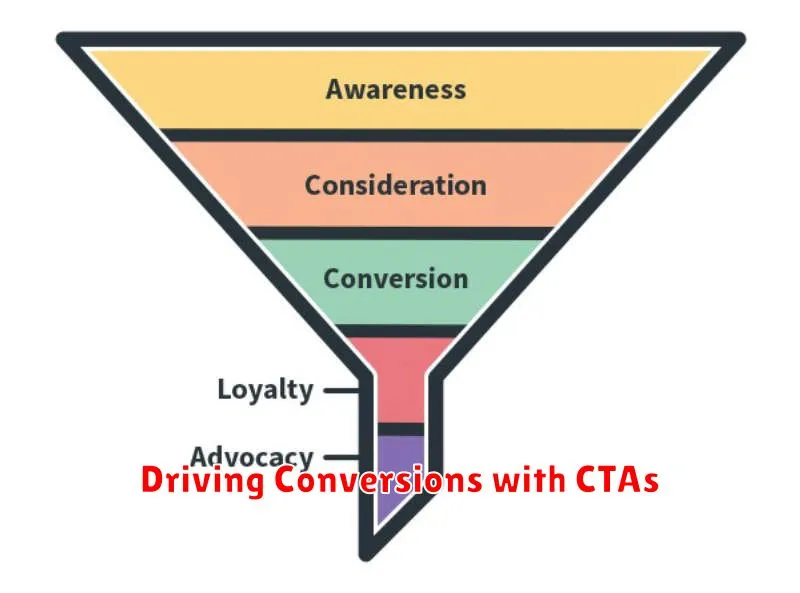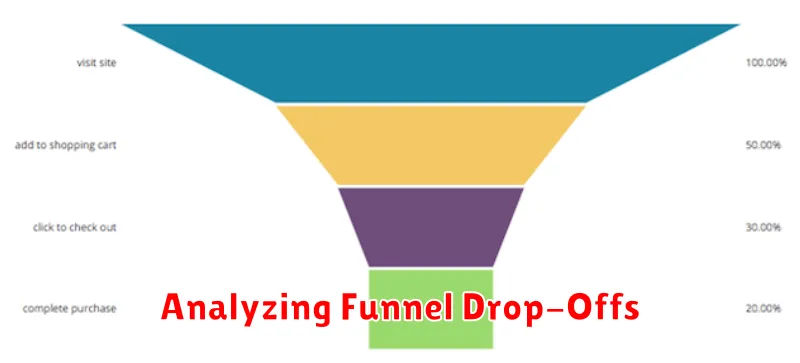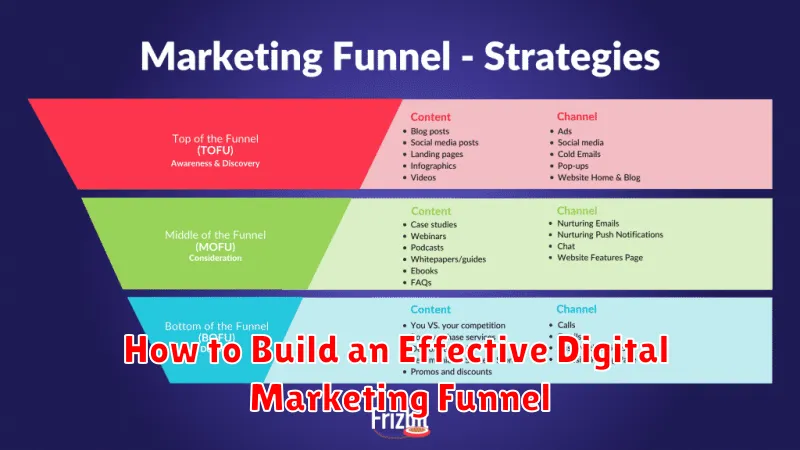In today’s digital landscape, a digital marketing funnel is crucial for driving business growth. Understanding how to build an effective digital marketing funnel allows you to strategically guide potential customers through their journey from initial awareness to final conversion. This involves attracting the right audience, nurturing their interest, and ultimately converting them into loyal customers. This article will provide a comprehensive guide on how to construct a high-performing digital marketing funnel that delivers measurable results. We will cover key stages such as awareness, interest, desire, and action, providing actionable steps to optimize each stage for maximum impact.
Building a successful digital marketing funnel requires a deep understanding of your target audience and their online behavior. From search engine optimization (SEO) and pay-per-click (PPC) advertising to social media marketing and email marketing, various digital marketing strategies play a vital role in attracting and engaging potential customers at each stage of the funnel. By learning how to leverage these digital marketing techniques effectively, you can create a seamless and personalized customer journey that drives conversions and boosts your bottom line. This guide will equip you with the knowledge and tools necessary to build an effective digital marketing funnel that generates leads, increases sales, and fosters long-term customer relationships.
Understanding the Funnel Stages
A digital marketing funnel represents the customer journey from initial awareness to final purchase. Understanding each stage is crucial for crafting effective marketing strategies.
Key Stages:
- Awareness: Potential customers become aware of your brand or a problem that your product/service solves. This often occurs through content marketing, social media, or advertising.
- Interest: Intrigued individuals begin researching and exploring solutions. Providing valuable content, testimonials, and case studies can nurture their interest.
- Consideration: Prospects actively evaluate different options, comparing features, benefits, and pricing. Product demos, free trials, and comparisons can be persuasive.
- Conversion: The prospect makes a purchase or completes a desired action, such as signing up for a newsletter. Clear calls to action and a streamlined checkout process are essential.
- Loyalty: Post-purchase engagement fosters customer loyalty. Personalized communication, exclusive offers, and loyalty programs can encourage repeat business and referrals.
Attracting Traffic with Valuable Content

The first stage of a successful digital marketing funnel is attracting a target audience. This relies heavily on creating and distributing valuable content that resonates with their needs and interests.
Content marketing plays a crucial role here. Think about what problems your potential customers face and how your product or service can offer a solution. Then, create content that addresses these pain points.
Examples of effective content include:
- Blog Posts: In-depth articles providing valuable insights and information.
- Infographics: Visually appealing data representations that simplify complex information.
- Videos: Engaging content demonstrating product usage or explaining key concepts.
- eBooks and White Papers: Long-form content offering comprehensive knowledge on a specific topic.
By providing high-quality, relevant content, you establish your brand as a trusted authority and attract potential customers to the top of your funnel.
Engaging Users in the Consideration Stage
The consideration stage is where potential customers are actively evaluating their options. They’ve identified a need and are now researching solutions, comparing features, and weighing prices. Engaging users effectively at this point is crucial for moving them down the funnel.
Content marketing plays a vital role here. Provide in-depth content that addresses their concerns and offers valuable insights. Think blog posts, white papers, case studies, and webinars. Highlighting your product’s key benefits and differentiators is essential.
Targeted advertising can also be highly effective. Retargeting campaigns can remind users of products they’ve previously viewed, while interest-based advertising can introduce them to new relevant offerings. Focus on showcasing value and building trust to encourage further engagement.
Driving Conversions with CTAs

A compelling call to action (CTA) is crucial for converting leads into customers. CTAs guide users towards the desired action, whether it’s making a purchase, signing up for a newsletter, or downloading a resource. Placement, wording, and design are key elements of an effective CTA.
Strategically place CTAs throughout your digital marketing funnel. Consider user experience and place CTAs where they feel natural and intuitive. For example, after presenting valuable content, a CTA like “Download Our Free Guide” can be highly effective.
The wording of your CTA should be action-oriented and create a sense of urgency or exclusivity. Use strong verbs and focus on the benefit the user will receive. Examples include “Get Started Today,” “Claim Your Discount,” or “Join Now.”
Visually, your CTAs should stand out. Use contrasting colors, clear fonts, and sufficient white space to make them easily noticeable. Button shape and size also contribute to their effectiveness. A/B testing different CTA variations helps optimize conversion rates.
Retaining Customers with Email Sequences
Customer retention is a critical aspect of a successful digital marketing funnel. Email sequences play a vital role in nurturing existing customers and encouraging repeat business. By strategically delivering valuable content and offers, you can build stronger relationships and maximize customer lifetime value.
Key strategies for retaining customers with email sequences include:
- Welcome Series: Onboard new customers and set expectations.
- Post-Purchase Engagement: Offer product recommendations and exclusive deals.
- Re-Engagement Campaigns: Target inactive customers with personalized incentives.
- Loyalty Programs: Reward repeat customers with exclusive benefits and early access.
By implementing these strategies, you can effectively leverage email sequences to cultivate customer loyalty and drive long-term growth.
Analyzing Funnel Drop-Offs

A critical aspect of funnel optimization involves identifying and analyzing points where users abandon the process. This is commonly referred to as drop-off. Understanding why users drop off at specific stages provides valuable insights for improvement.
Start by measuring drop-off rates at each stage of your funnel. This requires tracking user behavior through analytics tools. Look for significant discrepancies between stages. For example, a large drop between the “Add to Cart” stage and the “Checkout” stage could indicate a problem with the checkout process.
Once you’ve identified areas with high drop-off rates, delve deeper into the potential causes. This could involve analyzing user behavior data, conducting A/B tests on different versions of a page, or collecting user feedback through surveys.
Optimizing Each Stage Continuously
Building a digital marketing funnel is not a one-time task. Continuous optimization is crucial for maximizing its effectiveness. Each stage requires regular monitoring and adjustments based on performance data.
Awareness Stage: Track metrics like reach, impressions, and engagement. Experiment with different content formats and channels to see what resonates best with your target audience. Refine targeting parameters to ensure you are reaching the right individuals.
Consideration Stage: Monitor metrics like click-through rates, time spent on page, and lead magnet downloads. Optimize landing pages for conversions. Test different offers and calls to action to improve engagement and lead generation.
Conversion Stage: Closely track conversion rates, sales data, and customer acquisition cost. A/B test different checkout processes and payment options to minimize friction and maximize conversions. Analyze customer behavior to identify and address any drop-off points.

